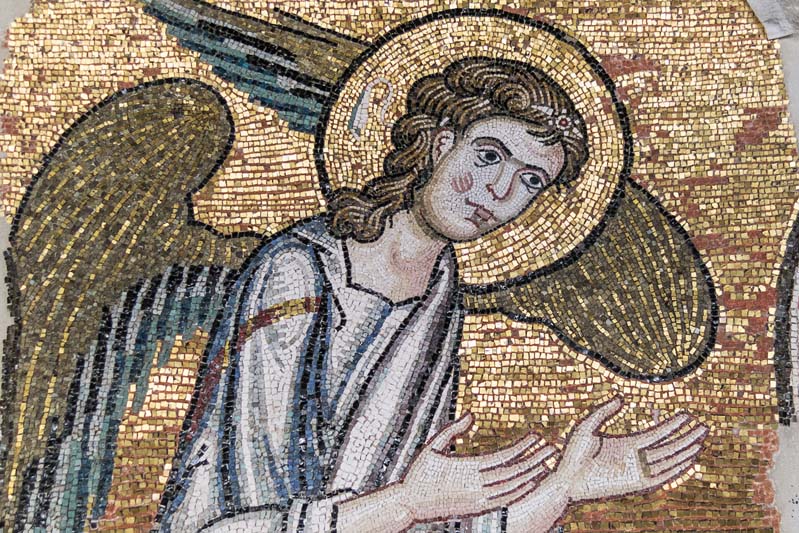BETHLEHEM — Christians planning on making a Holy Land pilgrimage — for many, a once-in-a-lifetime journey — may want to wait until Easter 2017, when the scaffolding used to restore the ancient Church of the Nativity is expected to come down.
While the $15-million repair, conservation and restoration of the church, which is revered as the site of Jesus’ birth, will not be absolutely completed for another couple of years, due to a funding gap, pilgrims who visit next Easter will be able to see the extraordinary work that has been done to the roof, walls and 900-year-old mosaics.
For nearly 1,700 years, pilgrims have flocked to the stone church marking the spot where Tradition holds that Mary, seeking refuge from the Romans, gave birth to Jesus.
But the centuries of wear and tear took a catastrophic toll on the church. Its rotting roof and leaky windows let in torrents of water, causing extensive damage to its mosaics, murals and infrastructure. Priests and Palestinian officials feared parts of the church were in danger of collapsing.
Nearly 2,000 years of candle soot darkened the walls to the point where the artwork was nearly obscured. When restorative specialists carefully cleaned the blackened mosaics, the difference was night and day.
The original Church of the Nativity, built in A.D. 339 by the Roman Emperor Constantine, was almost destroyed by the Samaritans 200 years later. The existing church was built on the same site.
Since Medieval times, the church has grown into a complex of religious buildings maintained, sometimes uneasily, by the Roman Catholic Custody of the Holy Land, the Greek Orthodox Church and the Armenian Apostolic Church.
Read the complete article on ncregister.com


